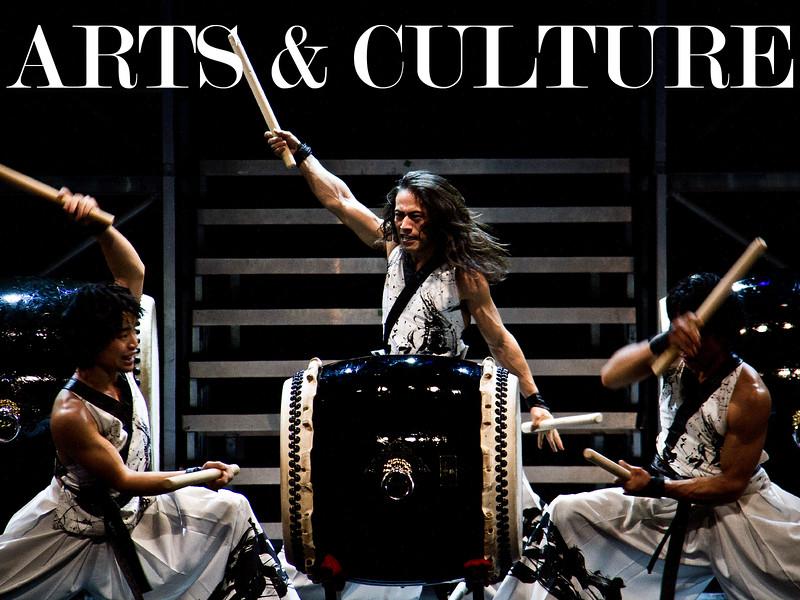Weis Center brings Japanese culture to campus
February 18, 2016
Tao: Seventeen Samurai has been touring North America for the spring of 2016, and on Feb. 16, the Weis Center was their most recent host. Their show incorporates traditional Japanese drumming with a more contemporary and upbeat twist—and even a little humor. The audience couldn’t help but laugh when one of the performers, who was dressed as some type of jester, played the drums like he was playing tennis. When a second performer joined him in the same dress, they entered into a series of joint acrobatic movements. The second half of the show opened with the Seventeen Samurai running through the audience while beating their drums. It was a much larger audience than one might expect to find on a Tuesday night, which could be attributed to better advertising.
“I heard about the show on WVIA, the television channel, and thought it looked interesting. I have never been to a performance at Bucknell, so this is a first experience. I have a love for the Japanese culture, so when I heard about the show I wanted to come. The show was really wonderful. The stage setup and stage presence were great,” Wallace Rhoades of Sunbury, Pa. said.
After the Tao were invited to perform at the 2010 Vancouver Olympics, most of their U.S. tours began selling out. Although they don’t put on a play or necessarily tell an explicit story, it is easy to recognize different scenes within their performance. Each scene had a different mood, which the drums helped to set. The drums worked to build anticipation, keep a steady beat, or emphasize strong and dramatic moments. The intermingling of other Japanese instruments helped to differentiate between certain moods and emotions. The only other aspect that changed were the outfits, which looked much more contemporary than one would imagine a samurai to be wearing. One outfit consisted of leather-like material, which paired well with the large black drums and dark red lighting. This scene in particular was the most ominous, as it resembled a battle scene.
The emotions and aesthetic of each scene changed, but the set never did. With only three stairwells connected to a higher platform, the samurai didn’t move from the center of the stage too often—perhaps due to the large, heavy drums strapped around them. However, the set constrictions didn’t inhibit the large and energetic movements of the performers and certainly didn’t restrict them from interacting with the audience.























Gavin • Feb 25, 2016 at 10:53 pm
Nice article, Caroline! I would agree with you 100%! Really
Enjoyed the article – good adverb usages. 🙂 loved the show though.